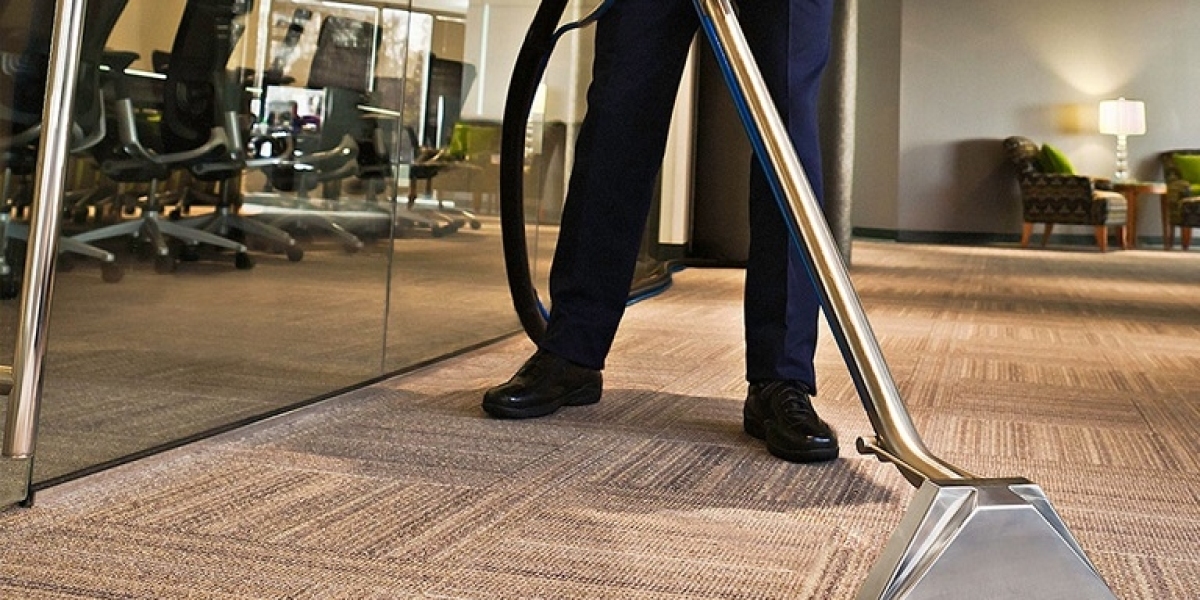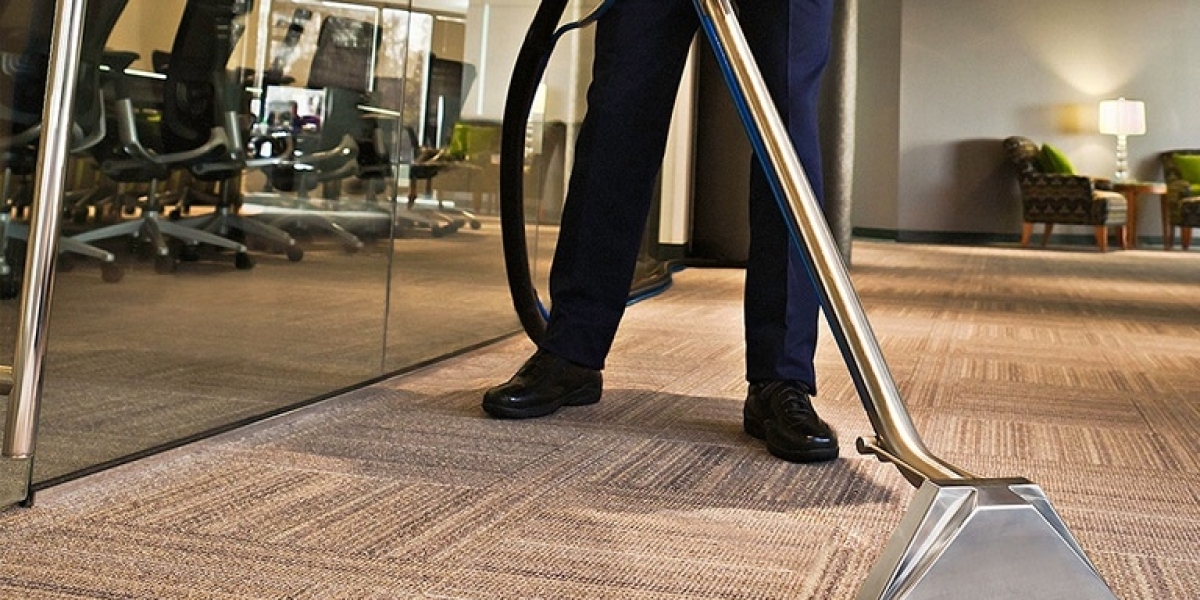Abstract
Window repair is an essential aspect of building maintenance that not only enhances the aesthetic appeal of a structure but also improves energy efficiency and safety. This article explores various techniques for window repair, the benefits of maintaining windows, and best practices for ensuring longevity and functionality.
Introduction

Windows are critical components of any building, providing natural light, ventilation, and a view of the outside world. However, over time, windows can suffer from damage due to weather conditions, age, and lack of maintenance. Repairing windows is not only a cost-effective solution compared to replacement but also contributes to sustainability by extending the life of existing materials. This article delves into the common types of window damage, repair techniques, and the advantages of timely window maintenance.
Types of Window Damage
- Glass Breakage: One of the most common issues faced by window owners is glass breakage. This can occur due to accidents, extreme weather conditions, or structural shifts in a building. Depending on the severity of the damage, repairs can range from simple glass replacement to complete frame restoration.
- Seal Failure: Double or triple-pane windows rely on an airtight seal to maintain insulation. Over time, seals can fail, leading to condensation between panes and reduced energy efficiency. Repairing this issue often involves replacing the insulated glass unit (IGU).
- Frame Damage: Wooden frames are susceptible to rot, insect infestations, and warping, while vinyl and aluminum frames can suffer from dents and scratches. Repairing frame damage may involve sanding, repainting, or replacing sections of the frame.
- Weather Stripping and Caulking Issues: Weather stripping and caulking are critical for preventing air and water infiltration. Over time, these materials can degrade, leading to drafts and water leaks. Replacing weather stripping and re-caulking windows are straightforward repairs that can significantly enhance energy efficiency.
- Glass Replacement: When glass is broken, the first step is to assess whether it can be repaired or needs to be replaced. For small cracks, a resin filler may be used, while larger breaks typically require complete glass replacement. Professionals use specialized tools and techniques to ensure a proper fit and seal.
- Resealing Windows: For windows with failed seals, the repair process involves removing the old IGU and replacing it with a new unit. This requires precision to ensure that the new unit is properly sealed and aligned. In some cases, homeowners may opt for a DIY approach, but professional installation is recommended for optimal results.
- Frame Repair: Wooden frames can be repaired by removing damaged sections and replacing them with new wood. This process often involves sanding, priming, and painting to restore the frame's appearance. For vinyl or aluminum frames, dents can often be pushed out or filled in with epoxy.
- Weather Stripping and Caulking Replacement: Replacing worn weather stripping is a simple task that can significantly improve a window's performance. Homeowners can choose from various materials, including foam, felt, and vinyl, depending on the window type. Similarly, removing old caulk and applying a new bead ensures a watertight seal.
- Cost-Effectiveness: Repairing windows is often less expensive than complete replacement. Many repairs can be done for a fraction of the cost, especially when considering the potential energy savings from improved insulation.
- Energy Efficiency: Well-maintained windows can significantly reduce energy bills by preventing heat loss in winter and keeping cool air inside during summer. Repairing seals, replacing weather stripping, and ensuring proper caulking are all essential for maximizing energy efficiency.
- Aesthetic Improvement: Repairing damaged windows can enhance the overall appearance of a building. Fresh paint, new glass, and restored frames can make a significant difference in curb appeal.
- Sustainability: By repairing rather than replacing windows, homeowners contribute to sustainability efforts by reducing waste and extending the life of existing materials. This approach aligns with environmentally friendly practices and promotes a circular economy.
- Safety: Damaged windows can pose safety risks, including potential injuries from broken glass or http://www.christdot.org/your-ultimate-guide-to-choosing-the-right-double-glazing-installer-in-st-albans-what-to-look-for-and-questions-to-ask/ security vulnerabilities from compromised frames. Timely repairs can mitigate these risks and enhance the overall safety of a property.
- Regular Inspections: Homeowners should regularly inspect their windows for signs of damage, including cracks, condensation, and deteriorating frames. Early detection of issues can prevent more extensive damage and costly repairs.
- Proper Cleaning: Keeping windows clean not only enhances visibility but also prevents the buildup of dirt and grime that can lead to frame deterioration. Use gentle cleaning solutions and avoid abrasive materials that can scratch glass surfaces.
- Seasonal Maintenance: Seasonal maintenance tasks, such as checking seals and weather stripping before winter, can help ensure windows perform optimally throughout the year. Additionally, lubricating moving parts, such as window locks and hinges, can prevent rust and ensure smooth operation.
- Professional Assistance: While many window repairs can be done by homeowners, certain tasks are best left to professionals. Complex repairs, such as glass replacement or significant frame restoration, require specialized skills and tools.
- Invest in Quality Materials: When replacing components such as glass, weather stripping, or caulk, investing in high-quality materials can enhance durability and performance. Cheaper alternatives may save money upfront but can lead to more frequent repairs and replacements.
Window repair is a vital aspect of building maintenance that offers numerous benefits, including cost savings, energy efficiency, and enhanced safety. By understanding common types of window damage and employing effective repair techniques, homeowners can extend the life of their windows and improve their overall living environment. Regular maintenance and timely repairs not only preserve the aesthetic appeal of a property but also contribute to sustainable practices in the building industry. By prioritizing window repair, individuals can ensure their windows remain functional and visually appealing for years to come.







